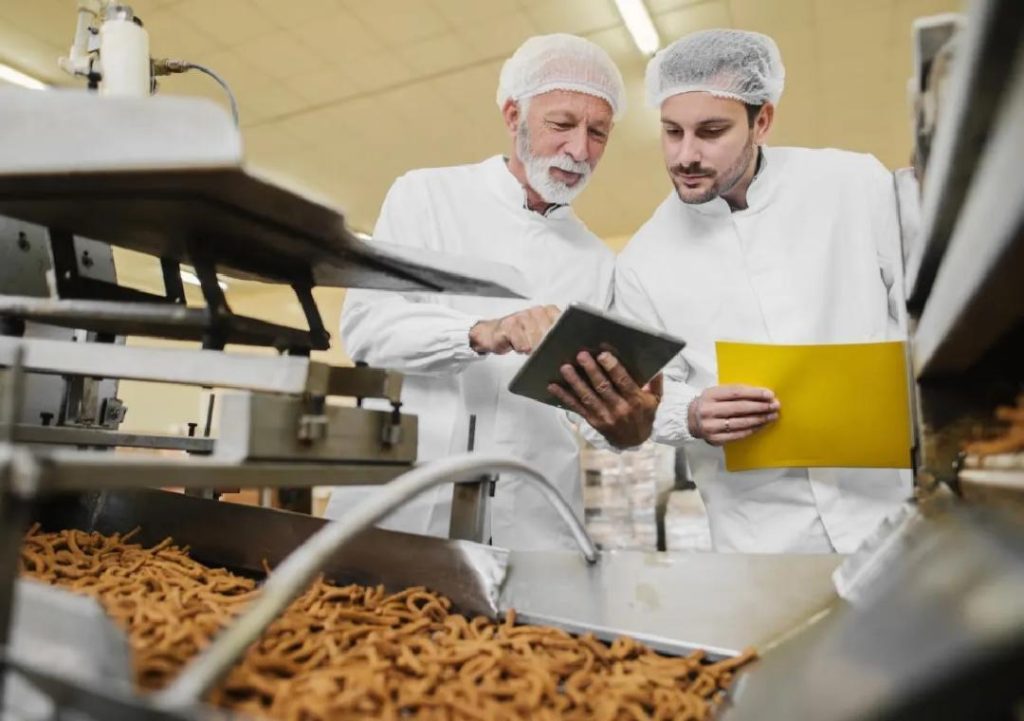
Can P&L Optimisation Redefine Success in Food Technology?
The food technology industry is rapidly evolving, with companies facing increased competition, changing consumer preferences, and growing pressure to reduce costs and improve profitability. In this challenging landscape, profit and loss (P&L) optimisation has emerged as a key strategy for food tech companies to achieve success.
By streamlining P&L operations with automation, smart inventory systems, and data analytics, food tech businesses can cut waste, sharpen demand forecasting, and support better decision-making. This approach enables companies to adopt scalable models, boost margins, ensure sustainable growth, and stay competitive in the industry.
In recent years, the importance of P&L optimisation has become increasingly evident. With the rise of e-commerce and digital platforms, food tech companies are facing new challenges in managing their supply chains, inventory, and logistics. At the same time, consumers are demanding greater transparency and sustainability in the food industry, making it essential for companies to optimise their P&L operations to meet these demands.
So, how can food tech companies achieve P&L optimisation? The answer lies in embracing cutting-edge technology and data-driven insights.
Automation: The Key to Streamlining P&L Operations
Automation is a crucial component of P&L optimisation in food tech. By automating routine tasks and processes, companies can reduce errors, improve efficiency, and free up staff to focus on high-value activities.
For example, automated inventory management systems can track stock levels, monitor sales patterns, and alert staff when products are running low. This enables companies to avoid stockouts, overstocking, and waste, while also improving customer satisfaction and loyalty.
Data Analytics: Unlocking Insights for Better Decision-Making
Data analytics is another vital tool for P&L optimisation in food tech. By leveraging advanced analytics and machine learning algorithms, companies can gain valuable insights into their operations, including trends, patterns, and anomalies.
Data analytics can be used to:
- Identify bottlenecks and inefficiencies in the production process
- Optimize pricing and inventory strategies
- Predict demand and adjust production accordingly
- Improve supply chain management and logistics
- Enhance customer service and loyalty
Smart Inventory Systems: The Future of Food Tech
Smart inventory systems are another critical component of P&L optimisation in food tech. These systems use IoT sensors, AI algorithms, and data analytics to track inventory levels, monitor product quality, and predict demand.
Smart inventory systems can:
- Reduce waste and overstocking by 20-30%
- Improve product freshness and quality by 15-20%
- Enhance customer satisfaction and loyalty by 10-15%
- Increase sales by 5-10%
- Reduce costs by 5-10%
Real-World Examples of P&L Optimisation in Food Tech
Several food tech companies have already achieved success through P&L optimisation. For example:
- Meal kit delivery service Freshly has implemented an automated inventory management system, which has reduced waste by 30% and improved customer satisfaction by 20%.
- Plant-based food manufacturer Beyond Meat has leveraged data analytics to optimize its production process, reducing waste by 25% and increasing sales by 15%.
- Online grocery platform Instacart has implemented a smart inventory system, which has reduced overstocking and waste by 20%, while improving customer satisfaction by 15%.
Conclusion
In conclusion, P&L optimisation is a critical strategy for food tech companies to achieve success in today’s competitive landscape. By embracing automation, data analytics, and smart inventory systems, companies can streamline their operations, reduce waste, and improve profitability.
As the food tech industry continues to evolve, P&L optimisation will play an increasingly important role in driving growth, innovation, and sustainability. By adopting scalable models and leveraging cutting-edge technology, food tech companies can redefine success and stay ahead of the competition.
News Source:
https://www.growthjockey.com/blogs/p-and-l-operations-in-food-tech






